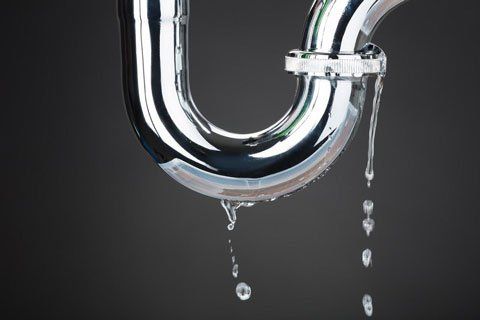6 Ways to Locate Surprise Water Leakages in Your House
6 Ways to Locate Surprise Water Leakages in Your House
Blog Article
This post in the next paragraphs pertaining to Top leak detection hacks is indeed attention-grabbing. You should check it out.

Early discovery of dripping water lines can mitigate a prospective disaster. Some little water leaks might not be visible.
1. Examine the Water Meter
Checking it is a proven way that aids you discover leakages. If it relocates, that suggests a fast-moving leakage. This implies you might have a slow-moving leak that might also be underground.
2. Inspect Water Intake
Examine your water bills as well as track your water consumption. As the one paying it, you need to see if there are any type of inconsistencies. If you spot sudden changes, despite your intake being the same, it means that you have leakages in your plumbing system. Keep in mind, your water costs must fall under the very same range every month. An unexpected spike in your bill suggests a fast-moving leak.
A constant increase every month, even with the exact same routines, reveals you have a slow leak that's additionally slowly intensifying. Call a plumber to extensively inspect your home, specifically if you feel a warm location on your flooring with piping below.
3. Do a Food Coloring Test
When it pertains to water intake, 30% originates from toilets. Test to see if they are running appropriately. Decline flecks of food shade in the container and also wait 10 mins. There's a leakage between the storage tank and dish if the shade somehow infiltrates your bowl throughout that time without flushing.
4. Asses Outside Lines
Don't neglect to inspect your outdoor water lines as well. Test faucets by attaching a garden hose pipe. Needs to water permeate out of the link, you have a loosened rubber gasket. Replace this and guarantee all connections are limited. It will help get it professionally examined and also preserved every year if you've obtained a sprinkler system. One tiny leakage can lose tons of water and increase your water expense.
5. Examine as well as Analyze the Circumstance
Homeowners should make it a habit to inspect under the sink counters and also inside cabinets for any type of bad odor or mold growth. These two red flags suggest a leakage so punctual focus is called for. Doing regular examinations, even bi-annually, can conserve you from a major trouble.
Examine for discolorations and also deteriorating as many devices and also pipes have a life span. If you believe leaking water lines in your plumbing system, don't wait for it to intensify.
Early discovery of leaking water lines can reduce a prospective catastrophe. Some small water leakages might not be noticeable. Checking it is a surefire method that assists you uncover leakages. One small leak can lose heaps of water and also increase your water costs.
If you believe dripping water lines in your plumbing system, do not wait for it to rise.
WARNING SIGNS OF WATER LEAKAGE BEHIND THE WALL
PERSISTENT MUSTY ODORS
As water slowly drips from a leaky pipe inside the wall, flooring and sheetrock stay damp and develop an odor similar to wet cardboard. It generates a musty smell that can help you find hidden leaks.
MOLD IN UNUSUAL AREAS
Mold usually grows in wet areas like kitchens, baths and laundry rooms. If you spot the stuff on walls or baseboards in other rooms of the house, it’s a good indicator of undetected water leaks.
STAINS THAT GROW
When mold thrives around a leaky pipe, it sometimes takes hold on the inside surface of the affected wall. A growing stain on otherwise clean sheetrock is often your sign of a hidden plumbing problem.
PEELING OR BUBBLING WALLPAPER / PAINT
This clue is easy to miss in rooms that don’t get much use. When you see wallpaper separating along seams or paint bubbling or flaking off the wall, blame sheetrock that stays wet because of an undetected leak.
BUCKLED CEILINGS AND STAINED FLOORS
If ceilings or floors in bathrooms, kitchens or laundry areas develop structural problems, don’t rule out constant damp inside the walls. Wet sheetrock can affect adjacent framing, flooring and ceilings.
https://www.servicemasterbyzaba.com/blog/how-to-detect-water-leakage-in-walls/

As a passionate reader on Detecting hidden plumbing leaks, I think sharing that topic was a smart idea. If you enjoyed reading our blog entry if you please don't forget to pass it around. We truly appreciate reading our article about Top leak detection hacks.
Report this page